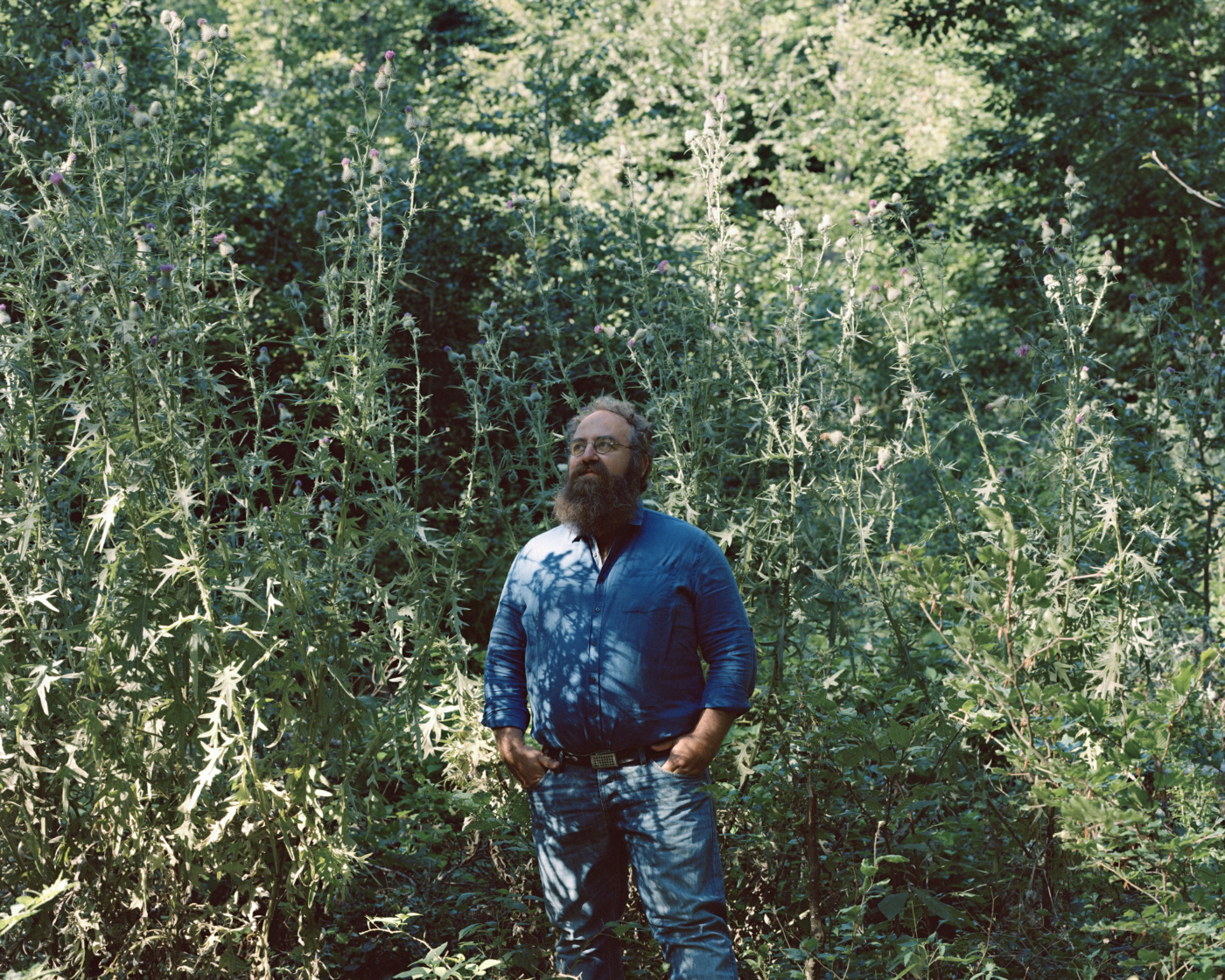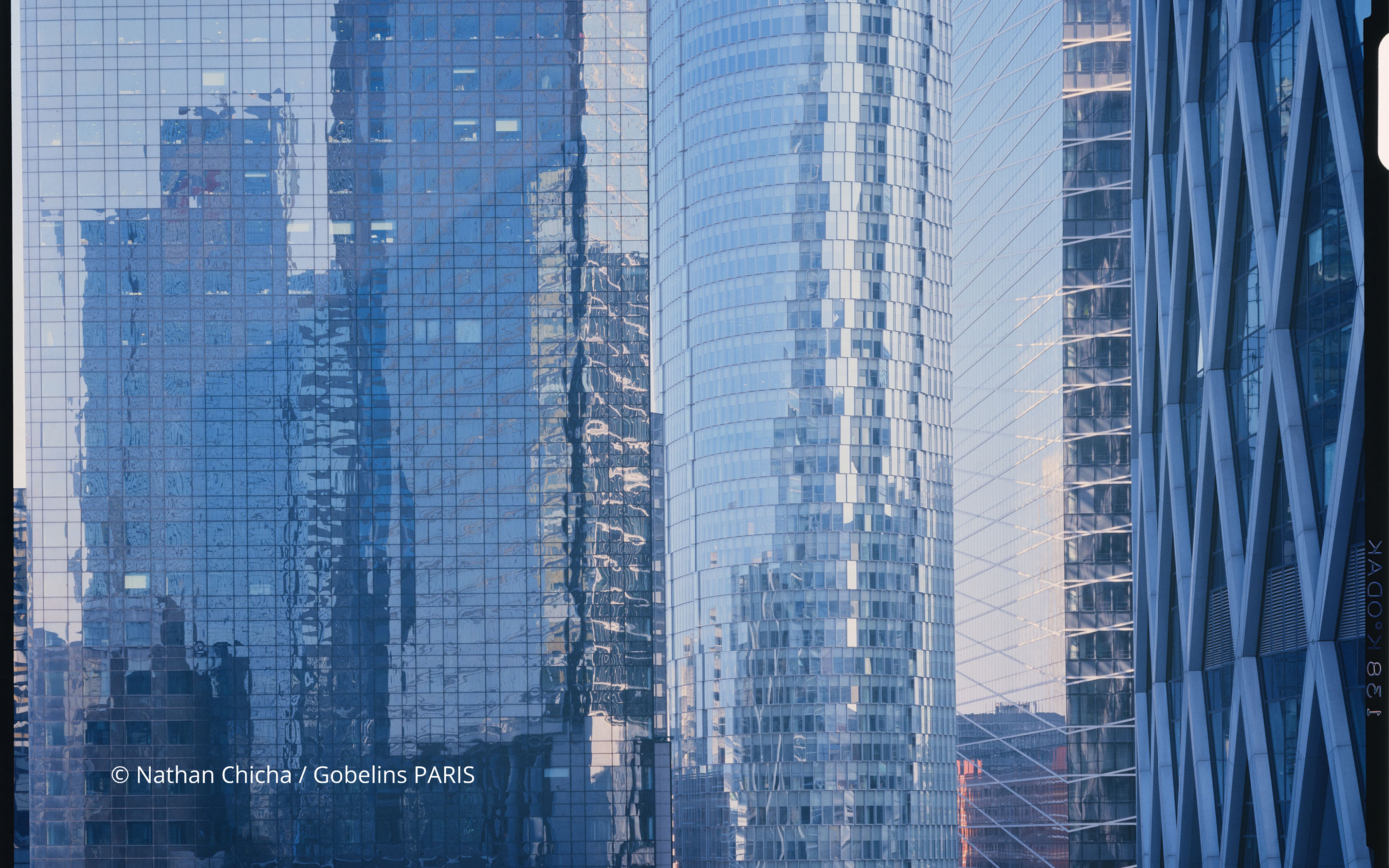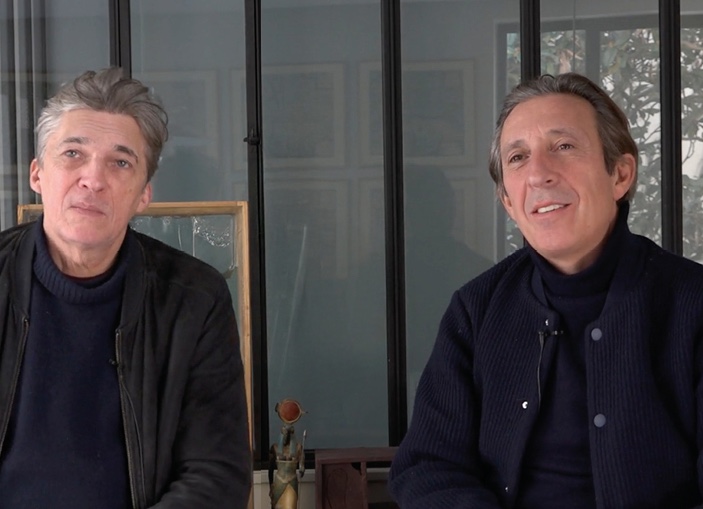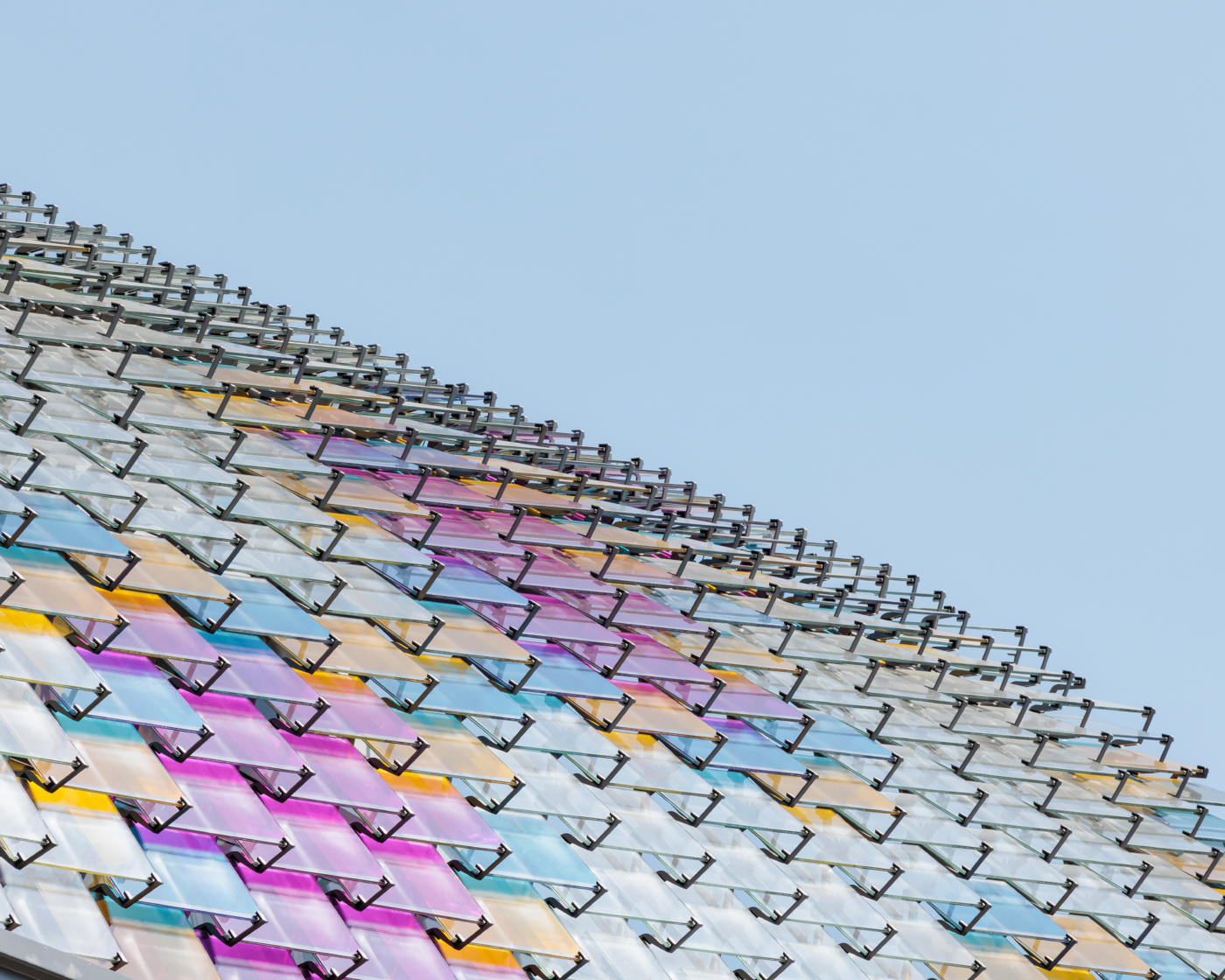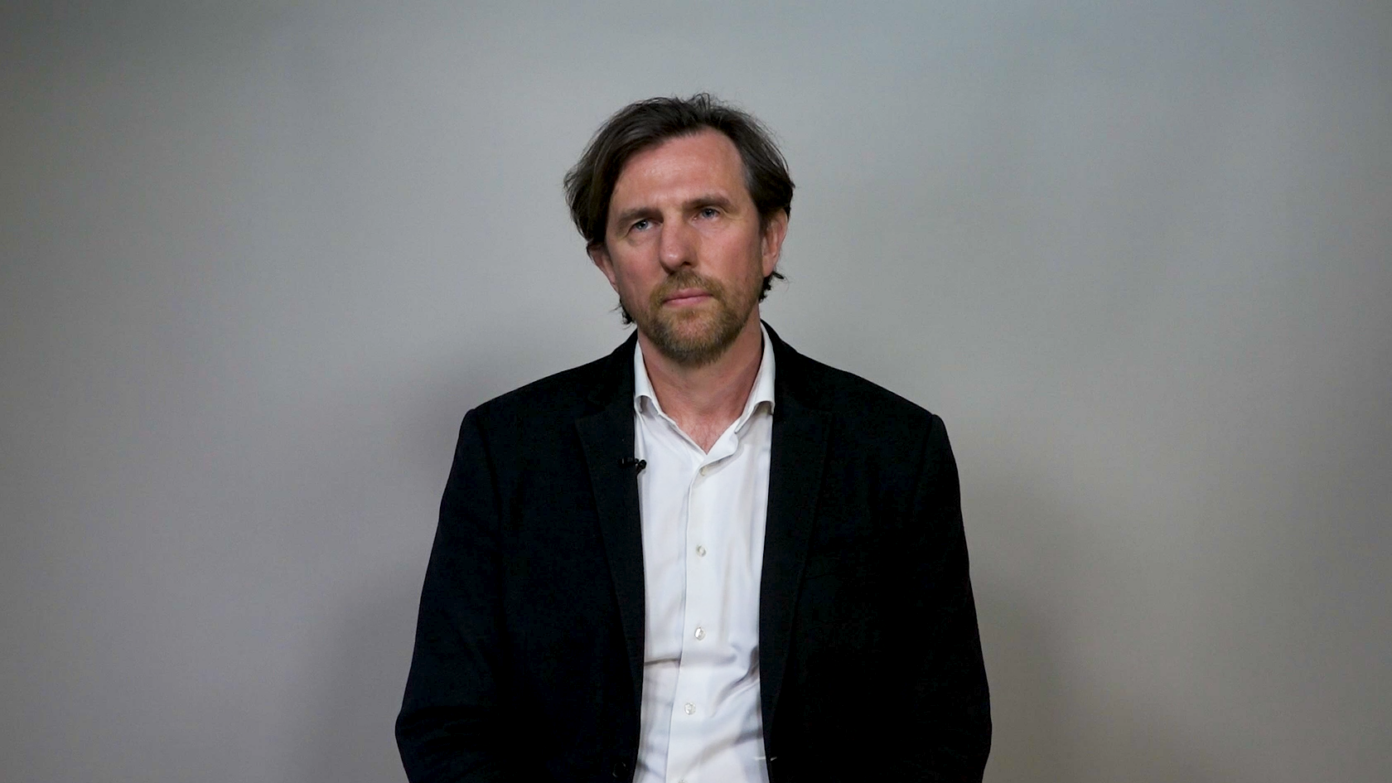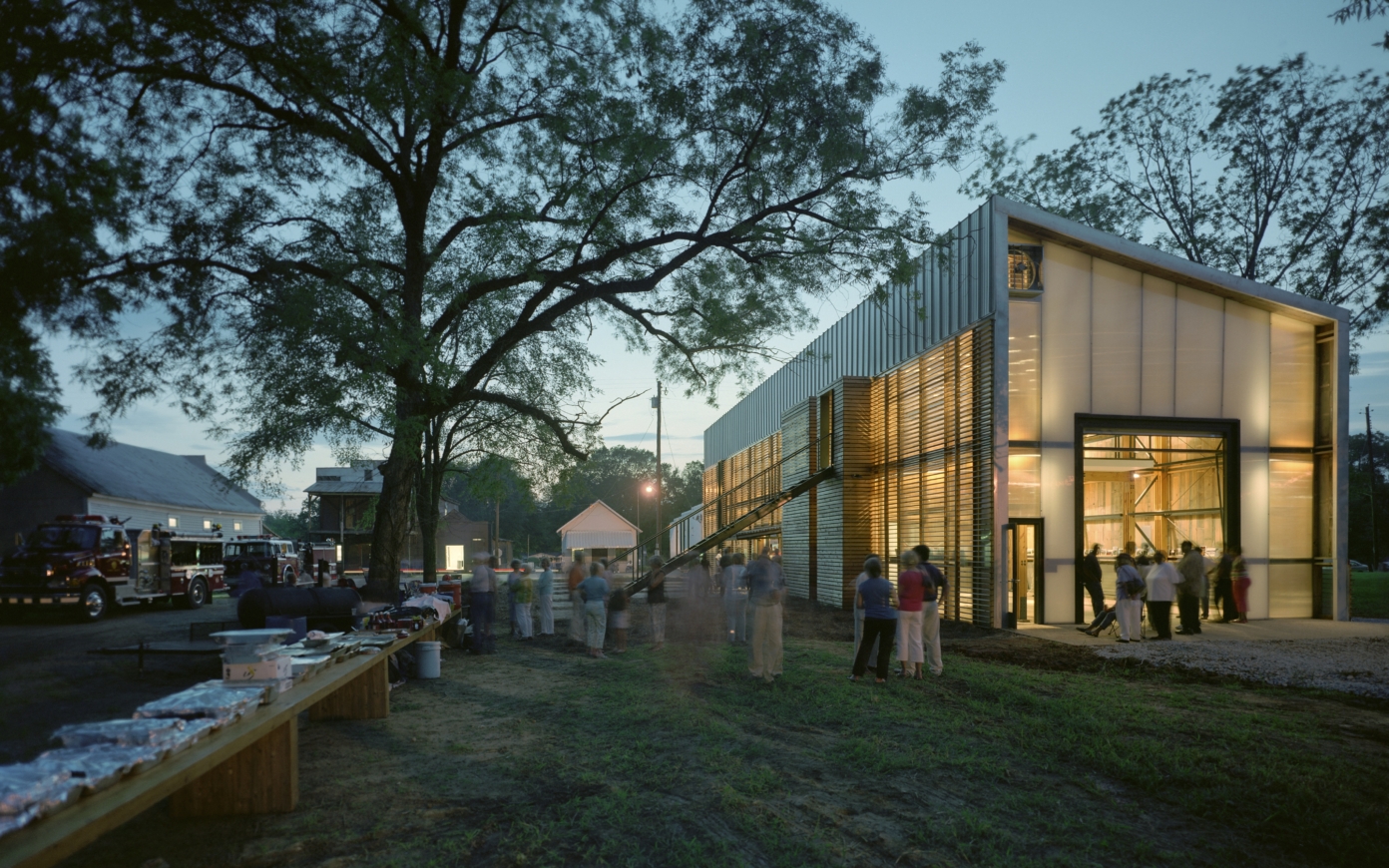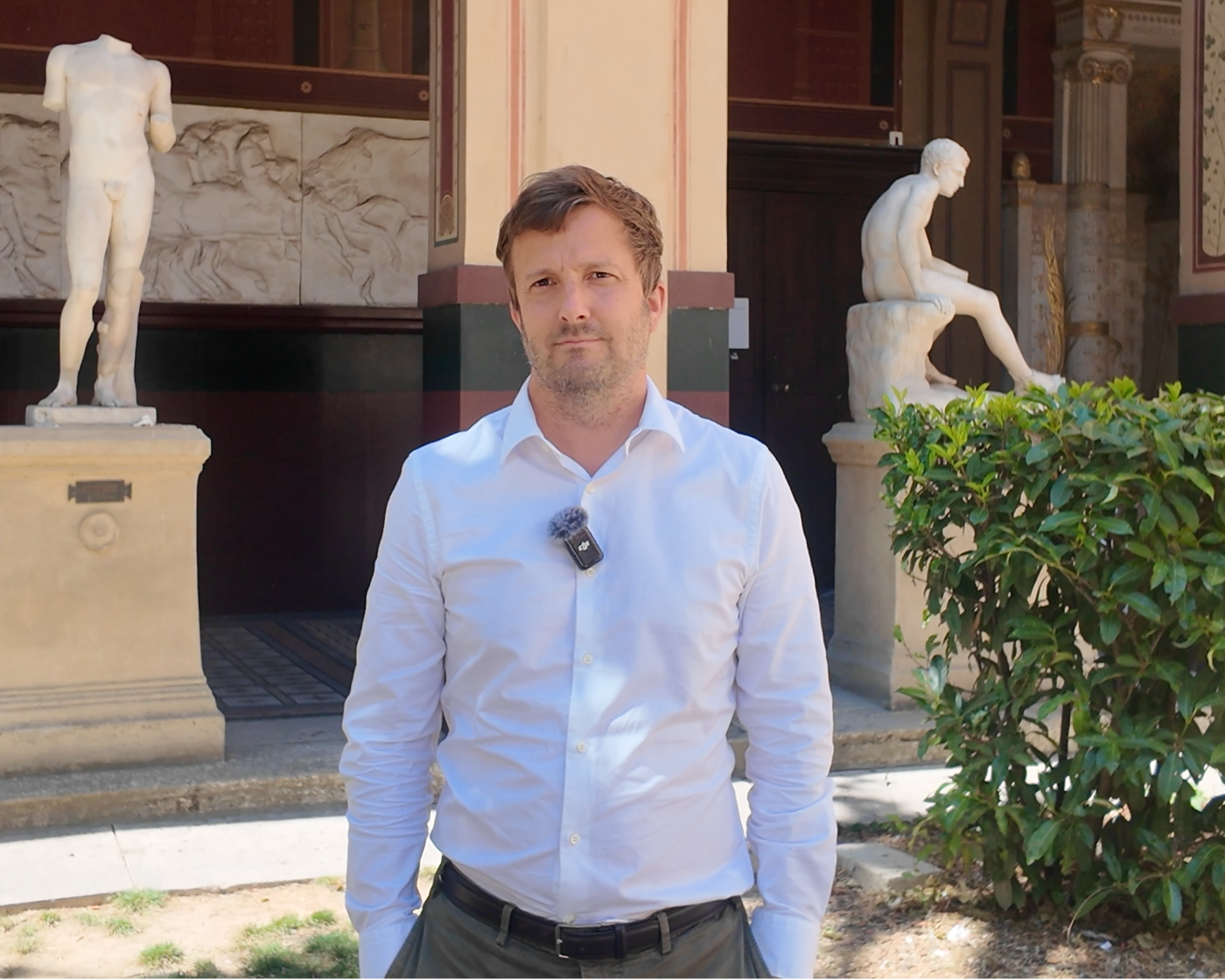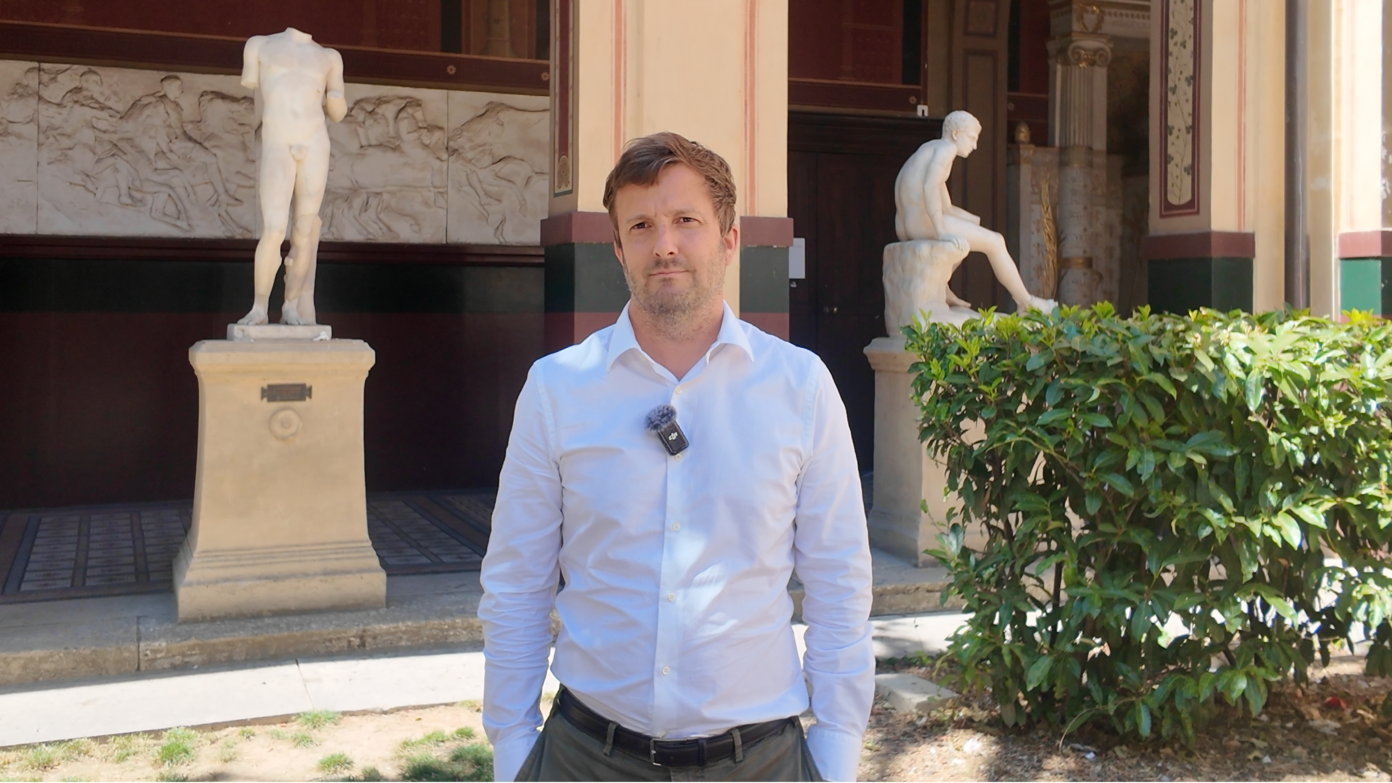Recycling urine to fertilize the soil
“ Making the most out of urine in agriculture isn't a technological or technical issue, it's a matter of social organization. ”
- Publish On 12 August 2024
- Louise Raguet
- 26 minutes
Since urine is an inexhaustible ecological fertilizer, why not use it instead of chemical fertilizers that are expensive to produce? Designer Louise Raguet suggests bringing back to the fields what has been collected there. Her research with the LEESU laboratory (École des Ponts) has led her to develop a unique project: urine separation in the future Saint-Vincent de Paul district of Paris.

